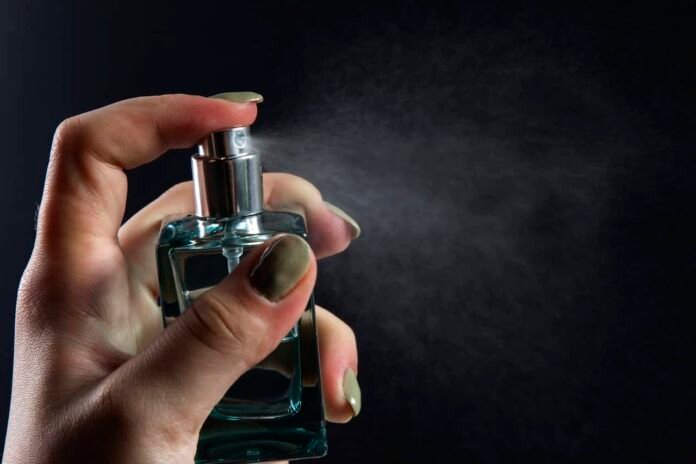Napping by a tree-lined tropical lagoon or strolling along a winding garden path dotted with multicolored fragrant flowers can bring back fond memories of a long time ago. Still, it’s another idea to believe that some of the world’s worst scents can be enjoyed not only in a delicate recipe developed by many masters of perfumery but also in a delicate recipe.
Smells either attract or repel people; they are essential to our experiences and are linked to various emotional responses.
Since the dawn of the world, they have been seen as human survival tools.
Still, smells can be very confusing because everyone reacts differently to the same smell.
Here’s a breakdown of some of the most apparent aspects that would change even the most fearsome stomach if they were exposed.
Be careful, however, because others are still lurking in the wings of creative chemistry, ready to pounce on the traditional associations and meanings of the word “perfume.”
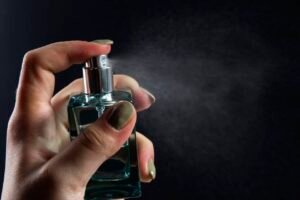
Animalic Notes In Perfumery
For the most part, the animal world no longer supplies these scents to the perfume world, and they are being synthetically developed to save endangered animal species.
Ambergris
This material is extracted from the digestive tract of sperm whales and resembles gray pumice stone.
It acts as a natural protection against irritation of internal organs, as whales cannot digest the sharp, horny beaks of cuttlefish and squid, which are their primary diet.

Also known as the “treasure of the sea” and floating gold, “Ambergris is highly coveted by modern perfumers for its distinctive sweetness and oceanic flavor, although its high cost makes synthetic ambergris a more practical option.”
Castoreum
The anal glands of Canadian, European, and Siberian beavers produce a vanilla-like scent that these animals use to mark their territories.
It is often found in neutral and leathery perfumes.
The original water tank was replaced with an artificial caulk in an eco-friendly effort. This rock-like earthen substance fossilizes from the urine of “rock rabbits,” small mammals with round ears and no tail.
caviar
People have been harvesting sturgeon eggs for years and eating them as a delicacy. Still, some people must learn that sturgeon eggs are also used in some bold men’s perfumes and colognes.
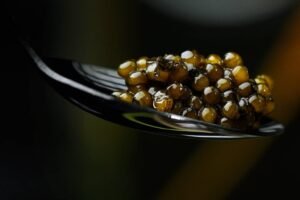
While caviar is not known for its distinctive scent, it can enhance the depth and substance of a particular fragrance (as long as the wearer is not thinking of fish eggs).
civet
Civets are cat-like mammals from tropical regions of Asia and Africa, and both male and female civets produce this natural substance, which is highly prized by perfumers.
Males of this species produce more and better quality musk than females.

Although pure civets have a pungent smell, when diluted in alcohol, it turns into a radiant floral scent that is often found in the sensory base notes of cologns and heavy floral aromas.
Synthetic musk has replaced natural musk, but in some parts of the world, agriculture still exists.
Metallic and mineral odors in perfumes
Metal notes create a fresh, clean feel by synthesizing molecules, adding an exciting dimension to any composition. The more common mineral notes found in men’s perfumes produce a moist, salty, and cold freshness that is an effective fixative.
Both types of notes push the boundaries of traditional perfumes.
gunpowder
This perfume, found in both male and female scents, is composed of a deep, leathery scent that contains the metallic and mineral elements of sulfur, charcoal, and potassium nitrate.
Designed to evoke intense sensory bursts, its subtle effects of minerals, metals, smoke, and amber leave a lasting impression. When paired with sandalwood, this scent becomes very sexy.
Some extraordinary perfume ingredients
Bacon
No matter how much we like to eat bacon with eggs in the morning, it’s very different from smelling bacon on our clothes or skin.
This mixture of salt, essential oils, and cured bacon is combined to create a distinctive smoky saltiness found today in many body washes we produce for our customers.
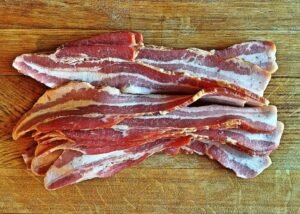
Yes, you can walk around with the smell of breakfast all day if that makes you happy!
cactus
Cactus, a succulent native to the Americas, has a long and colorful past as a tool, food, medicine, and raw material for ancient rituals. However, its use in perfumes has yet to be well known.
This grassy, floral, and green essence is extracted from the blooming petals of cactus. It is often used to energize unisex perfumes.
Cannabis
The distinct, herbaceous, animal-like smell of marijuana is easy to identify but is not usually found in perfumes.
While it’s primarily synthetic in spices, one bold perfumer (Mark Clems) uses the actual ingredients in his cannabis floral water.
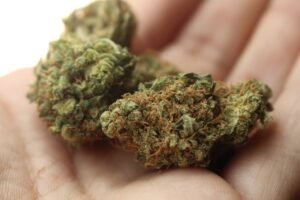
edamame
Who would have thought that a fragrance would come from the soy associated with sushi? The soy has a solid green aroma and is often used as a headnote in celebrity perfumes.
popcorn
This mixture of aromatic molecules is actually extracted from heated popcorn. While this may seem like a strange choice to many, anything goes these days. It has a subtle scent of butter and toasty corn with a hint of vanilla.
Skatole Notes Used In Perfumery
This group includes several animal scents known for decay, foul-smelling feces, and rotting meat. They find a strange but fragrant home in some heavily floral Alpha Aromatics bouquets and subtle scents of leather, tar, and tobacco. Their name comes from the Greek word for excrement.
Human secretion
When people think of the smell of perfume, they don’t usually think of human blood, saliva, and urine. However, they are sometimes used in a small number of perfumes designed to excite both men and women.
Tar, leather, and smoke
Some plants, especially wood, resins, and other balms, are olfactory powerhouses, presenting sensory and tenacious elements that greatly enhance the characteristics of a particular fragrance.

After smoking, the aroma of sandalwood, dried cedar, or musk will become more intense.
The resin will produce a more sensual tone, leather will add a soft and savory touch, and tar will produce a smoky smell, an essential ingredient in recreating the scent of leather.




